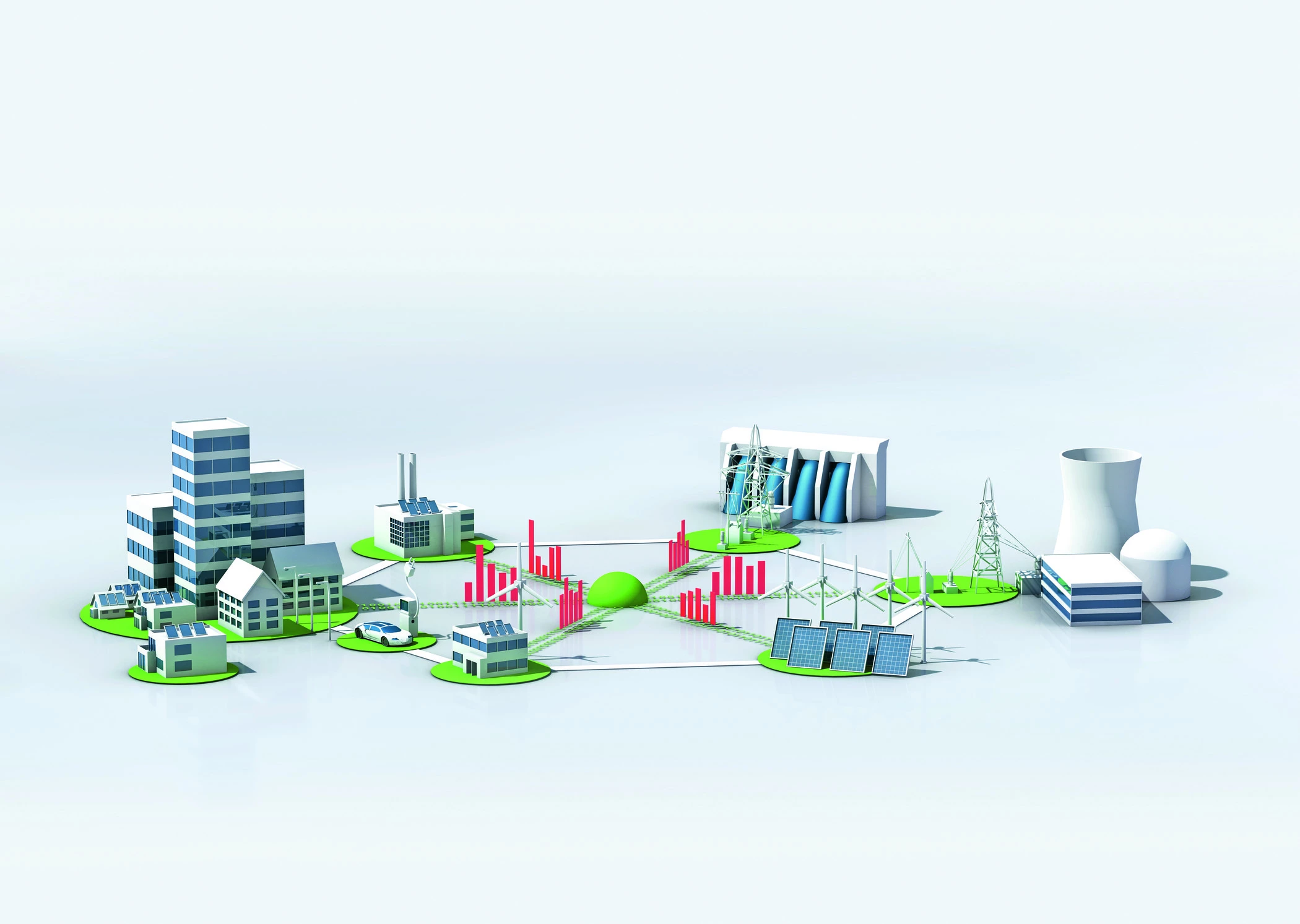
Partner Article
Protecting our Power in the drive to net zero
In discussions around energy we often focus on the challenges of balancing supply and demand within the landscape of the looming net carbon zero emissions deadline in the UK. However, as the world moves towards a more sustainable and decentralised energy future grid operators are facing new challenges in maintaining grid resilience, asset health and a reliable quality of supply. Despite their contributions to net zero goals, renewable energy and electric vehicle charging can have adverse effects on the grid. Maintaining quality of supply
For DNOs, delivering consistent high-quality power is a key priority. This is becoming increasingly challenging as EV charging stations, electrical heating, distributed generation units, and an overall increase in electronic loads are causing stress on the grid. This is particularly in the form of harmonics and voltage fluctuation. This impacts the quality of power that is delivered to end consumers.
Beyond Blackouts – the true cost of poor power quality Blackouts may be the most conspicuous evidence of PQ problems, but other less obvious issues can be just as costly.
• Among industrial consumers alone, poor power quality creates an estimated €150 billion loss per year. DNOs are often required to compensate customers for inconveniences resulting from poor power quality when Ofgem determines that they’ve failed to meet the guaranteed Quality of Service Standards.
• Fluctuations in power quality can disrupt workplace efficiency and reduce productivity as machines run slower, require reboot time, or stop working altogether. This lost time costs money.
• Any interruption to normal, smooth and efficient manufacturing and industrial processes will hit the customer in the pocket. For example, fluctuations in PQ will interrupt efficient working and reduce productivity as machines may run more slowly, stop working altogether, or need time to reboot. This lost time costs money. Flicker caused by voltage variations can be irritating to workers and in some cases aggravate headaches and other health conditions, causing a higher rate of employee sick days and costing employers more.
• Product quality may also be impacted negatively by machines running below-par. Wasted or spoiled raw materials plus higher volumes of products rejected by quality control may add significantly to overall production costs and reduce, even decimate, profit margins.
• Production delays, unplanned downtime and quality control issues can damage industrial customers’ relationships with their own customers, resulting in reputational damage that can cost them their future contracts as well as disputed invoices that affect cash flows and have further impact on supply chains.
• Harmonics and transients in the power grid may put stress on distribution lines, transformers, industrial equipment and others, causing overheating and damage. This in turn reduces asset lifetime and necessitates frequent investments for repairs and replacements.
• Poor quality of supply can disrupt the operation of sensitive loads – such as EV charging stations, wherein if the grid voltage dips below a threshold, charging may not commence. All these scenarios and more lead to an increasing number of customer complaints. DNOs therefore need better insights to help optimise network planning and ensure consistent and reliable power quality for all of their customers.
Knowledge is Power Whether it’s for network planning, daily grid operations, or maintaining the long-term health, reliability and safety of the grid and its assets, utilities face significant challenges in today’s increasingly dynamic, decentralised, and democratise utility networks. To address these challenges, network planners and operators will need real-time data on power quality, fault location and identification, and asset health. This will enable them to optimise grid performance, ensure grid resilience, and streamline network operations.
Grid Monitoring: from power quality to grid health From early fault detection to predictive maintenance and incident management, cloud-based solutions help DNOs maintain a healthier grid. They enable network planners and operators to take a proactive approach to grid monitoring, equipping network operators with the insights they need to fully optimise grid performance and deliver a reliable, high quality electricity supply.
Grid monitoring solutions can provide:
- Early detection of developing faults to minimise restoration time, disruptions, and operational expense (OPEX).
- Detection of technical losses, providing useful information for optimising asset lifetime.
- Identification of slowly developing faults such as voltage violations and instabilities, along with their root causes.
- Better customer satisfaction and reduced System Average Interruption Frequency Index (SAIFI).
- Improved network planning with minimised impact due to component ageing, helping to prioritise grid enhancements and direct investments for greatest ROI.
- Leveraging of AI and machine learning (ML) technologies that help with fault prevention.
- Providing proof of compliance with Grid Codes, with weekly reports against EN50160. Delivering consistency and quality will be crucial for ensuring fewer fluctuations as the demand for reliable high quality power supply grows. The successful transition to renewable energy sources and our carbon zero future depends upon it.
This was posted in Bdaily's Members' News section by Landis+Gyr .








 How to make your growth strategy deliver in 2026
How to make your growth strategy deliver in 2026
 Powering a new wave of regional screen indies
Powering a new wave of regional screen indies
 A new year and a new outlook for property scene
A new year and a new outlook for property scene
 Zero per cent - but maximum brand exposure
Zero per cent - but maximum brand exposure
 We don’t talk about money stress enough
We don’t talk about money stress enough
 A year of resilience, growth and collaboration
A year of resilience, growth and collaboration
 Apprenticeships: Lower standards risk safety
Apprenticeships: Lower standards risk safety
 Keeping it reel: Creating video in an authenticity era
Keeping it reel: Creating video in an authenticity era
 Budget: Creating a more vibrant market economy
Budget: Creating a more vibrant market economy
 Celebrating excellence and community support
Celebrating excellence and community support
 The value of nurturing homegrown innovation
The value of nurturing homegrown innovation
 A dynamic, fair and innovative economy
A dynamic, fair and innovative economy